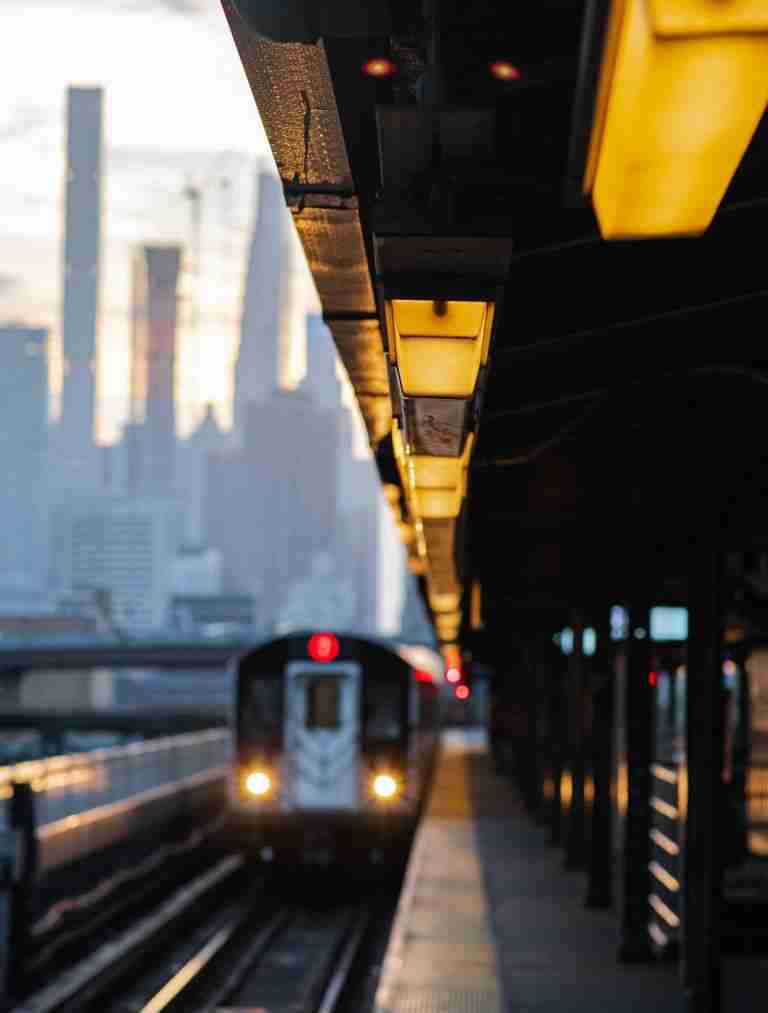The Metropolitan Transportation Authority (MTA) is essential to New York City, moving millions of passengers each day across its extensive network of trains, buses, and subways. However, Maintaining seamless service can be challenging when faced with unpredictable weather conditions, from icy tracks and snow-laden platforms to delays caused by extreme heat waves. All these elements can have a severe negative impact on MTA operations, jeopardizing both reliability and passenger safety.
Weather-related disruptions pose additional threats for commuters, creating increased risks of accidents and injuries during daily travel. We’re fully committed to standing up for those who’ve been affected; in such instances, a Bronx MTA accident attorney can offer vital support, guiding passengers through the process of seeking fair representation after incidents caused by weather-affected transit conditions. In this blog, we’ll look at how weather affects MTA services and legal advocacy for those impacted by such obstacles!
Weather-Related Risks and MTA Operations
The Impact of Extreme Weather on MTA Services
Snow and ice present significant obstacles for MTA operations, leading to service delays, blocked tracks, slippery conditions on platforms and stations, heavy rainfall/flooding can disrupt services by inundating track systems or electrical malfunctions of both underground and elevated trains. Extreme heat creates risks like overheated train systems resulting in passenger discomfort that could even present potential health threats; every weather condition must be responded to individually in order to maintain commuter safety and continuity.
Common Weather-Induced Accidents and Incidents
Weather-related incidents on MTA property cover an array of incidents, from passengers slipping on icy platforms and escalators breaking down to power outages during storms. These kinds of situations can really cause issues for passengers — like slipping on wet surfaces or having to evacuate during a power outage. It just goes to show how important it is to stay alert and stick to safety protocols when the weather turns bad. By staying aware and following the guidelines, we can all help lower the risks and look out for each other, even when conditions aren’t ideal.
MTA’s Safety Measures and Protocols
Preemptive Weather Measures
The MTA takes proactive measures in preparation for anticipated weather events, including salting snow-removal equipment and platforms with salt to reduce ice buildup for safe travel conditions. Passengers get alerts through a bunch of different channels, keeping everyone in the loop about service changes or advisories. This communication is really important—it helps commuters stay aware of any disruptions and keeps things running as smoothly as possible, even when the weather’s not on our side.
Real-Time Adjustments and Emergency Protocols
MTA personnel are invaluable when it comes to handling weather emergencies on the ground. They’re responsible for handling real-time responses, rerouting services, and helping passengers in an instant when help is required — including temporary suspension of services when necessary to keep everyone safe. Furthermore, they collaborate closely with city agencies such as NYC Emergency Management so everything runs smoothly and passengers receive support efficiently, even under extreme weather conditions.
Technological Solutions for Enhanced Safety
The MTA has really stepped up by adding better drainage systems to deal with heavy rain and installing heated track equipment to keep ice from causing issues. On top of that, they’ve got advanced monitoring tools that provide real-time data, which helps them catch potential hazards early and respond fast. All these upgrades are aimed at lowering risks and keeping everything running more smoothly, even when the weather gets rough. It really shows just how dedicated the MTA is to making commuting safer by putting modern solutions to work for everyone.
Steps for Passengers to Stay Safe
Practical Tips for Safe Travel During Inclement Weather
Traveling safely when the weather’s rough takes a bit of planning. Passengers should keep an eye on real-time MTA alerts to get the latest service updates and adjust their trips as needed. Being careful on crowded or slippery platforms is also really important—just taking it slow and staying aware of what’s around you can make a big difference. By staying informed and a little extra cautious, commuters can help keep themselves safer, even when the weather isn’t on our side.
Documenting Incidents for Legal Purposes
If an accident happens because of bad weather, documenting everything can make a big difference. Passengers should take photos of any unsafe conditions and try to get contact info from any witnesses nearby. Reporting the incident to the MTA right away and keeping detailed records can really help if you need to talk to a lawyer later on. This kind of documentation can be a solid foundation if you end up working with an accident attorney to get fair compensation and make sure justice is served.
Conclusion
With New York City’s weather becoming more unpredictable, it’s clear that the MTA has to keep stepping up its safety game. The transit system has to stay prepared for these weather challenges, but there’s also a part for passengers to play. By staying alert, keeping an eye on changing conditions, and paying attention to safety alerts, commuters can really help make a difference during those tough weather days. It’s all about everyone doing their part to keep things as safe and smooth as possible.
For those affected by weather-related incidents on public transit, Bronx Injury Lawyers, P.C. is here to help. Our experienced Bronx MTA accident attorneys work hard to protect passenger rights and guide people through the often complicated process that follows an accident. When everyone—from the MTA to everyday commuters — takes safety seriously and knows there’s legal support available if needed, it makes navigating NYC’s wild weather a little safer and a lot more manageable.
 Español
Español 
